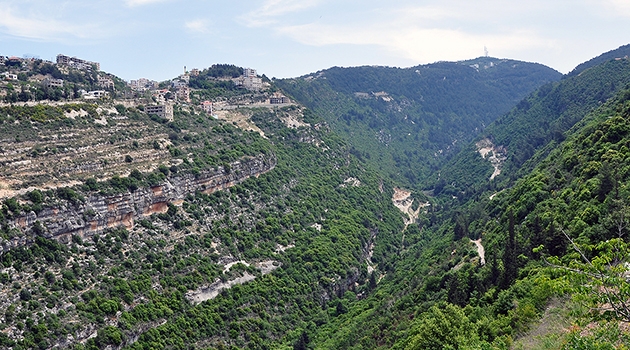Collaborating to build museums in developing countries
Many valuable fossils never become known to science. They either remain in the earth or find their way into private collections. These fossils could be a sustainable source of income and knowledge to local communities. To this end, Uppsala University runs a number of projects to build up palaeontology museums in other countries.
“The Museum of Evolution is breaking new ground with these projects, as this is a completely new approach in Scandinavia to preserving our geological heritage. Our museum here in Uppsala is world-famous for its fossils and collections from around the world and we are keen to help developing countries, and countries in our immediate vicinity, to develop their fossil assets on home soil,” says Benjamin Kear, a researcher and curator at the Museum of Evolution.
Genuine dinosaur skeletons
The Museum of Evolution in Uppsala is home to the largest collection of genuine dinosaur skeletons from in the Nordic region, as well as many other fossils. The museums collections are drawn from every corner of the world. The primary mission of any museum is to protect and preserve valuable artefacts for future generations and to disseminate knowledge to surrounding communities. The Museum of Evolution also conducts research to further knowledge.
Museum of Evolution. Photo: David Naylor
“We must support other museums. After all, museums are under threat globally. They are beset by financial problems. If we can network then we can also help one another and these networks to make visible the work we do. We are the bridge between academic research and the world around us,” says Benjamin Kear.
The Museum of Evolution is currently involved in projects to develop remote communities in Lebanon, Tunisia and Svalbard, and another project will commence in Timor-Leste next year. All of these countries have rich fossil deposits from the age of the dinosaurs.
carnivorous dinosaur from the Hakel Expo Museum
in Lebanon. Photo: Benjamin Kear
By building museums to display these finds, the public and policymakers gain knowledge of their country’s rich fossil heritage. These museums can also play an important role in educating the population by, for example, providing teachers with teaching materials.
Museums also create jobs, not least through tourism. The idea is not simply to attract tourists to the museums themselves, but also to offer the opportunity to visit dig sites and help to exhume fossils.
Another important purpose is to improve opportunities for researchers from all over the world to study extinct life forms and the ecosystems they were part of.
“This melds cutting-edge research with community-building. The framework in which we operate is the museum,” says Benjamin Kear.
the researchers discovered 248 million years old
skeletons of marine reptiles which are the oldest
found so far. Photo: Benjamin Kear
Kear himself is hopeful that collaboration may lead to new opportunities to study the origins of the dinosaurs and other reptiles and how they spread across the planet. Although traditionally the most catastrophic mass extinction event in Earth’s history, which took place some 252 million years ago, is considered to have signalled the rise of the dinosaurs, recent finds in Svalbard and Timor-Leste have cast some doubt on this theory. It now seems that dinosaurs and other reptiles with which they coexisted may have evolved earlier.
The projects are funded by the Swedish Research Council, Uppsala University’s Verification for Collaboration initiative and the Matariki Network of Universities (MNU) (MNU) via a Matariki Fellowship.
Åsa Malmberg

